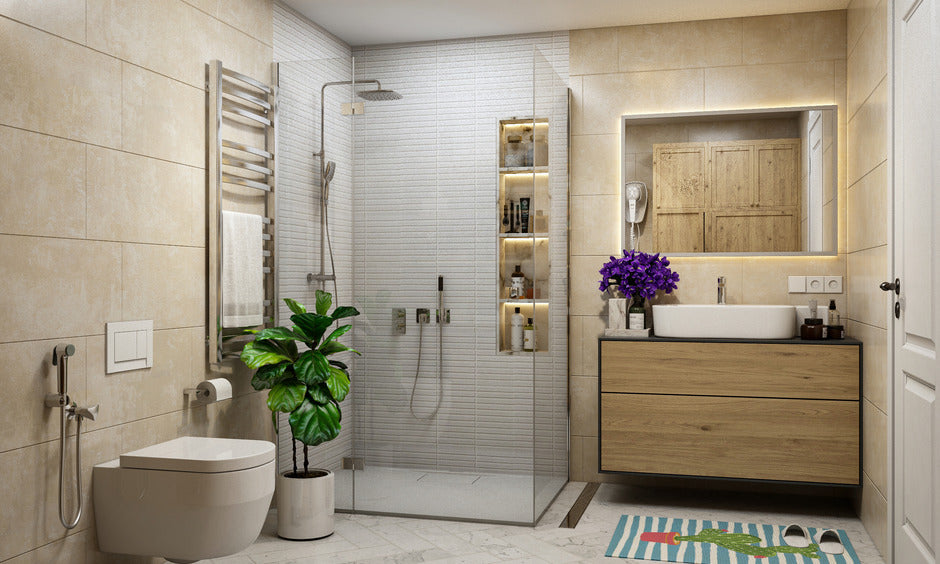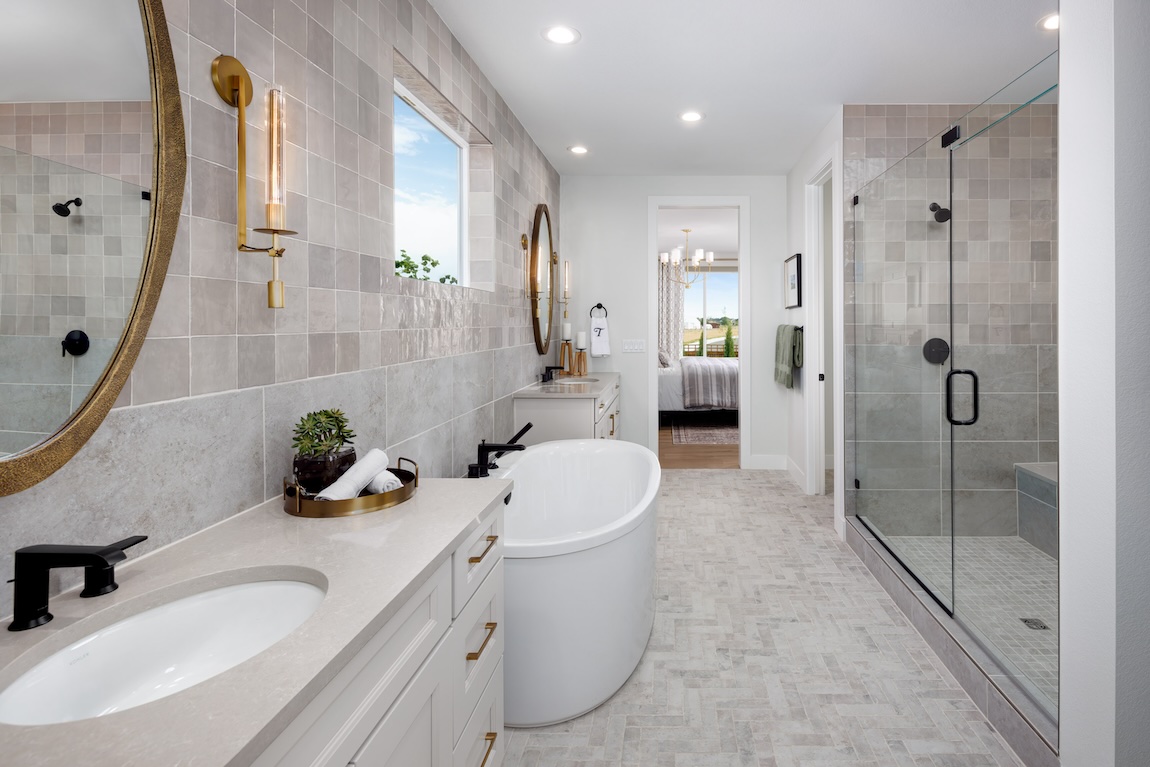
DIY Water-Saving Toilet Installation Simplified for Techies
Share
In today's world, where sustainability is more than just a buzzword, tech professionals and enthusiasts are increasingly looking for smart solutions that align with eco-friendly goals. One such solution is the DIY water-saving toilet installation. A task that not only contributes to water conservation but also provides a rewarding hands-on experience for those who love a technical challenge.
Toilet installation might not sound like the most exciting project, but when you consider the potential water savings, it becomes an intriguing venture. By upgrading to a water-efficient model, you can significantly reduce your household's water usage, which is especially appealing to those who understand the value of resource management and technological efficiency.

Understanding Water-Saving Technologies
Water-saving toilets are designed to use less water per flush compared to traditional toilets. Many of these models come equipped with dual-flush mechanisms, which provide options for different flush strengths based on the waste type. This technology not only saves water but also integrates seamlessly with smart home systems, offering further control and efficiency.
For those interested in EPA-certified solutions, there are plenty of models available that adhere to strict water efficiency standards. These toilets are designed to perform optimally while conserving water, making them a perfect fit for tech-savvy homeowners who value performance and sustainability.
Gathering Your Tools and Materials
Before diving into the installation, it's essential to gather all necessary tools and materials. For a DIY water-saving toilet installation, you'll need a new water-saving toilet, a wrench, a screwdriver, a level, a wax ring, and possibly a hacksaw if adjustments are required. Having these tools ready will ensure a smooth installation process without unnecessary interruptions.
Choosing the Right Model
Selecting the right model is crucial for successful water savings. Look for toilets with a high-efficiency rating and positive reviews from other tech enthusiasts. Consider features like smart integration capabilities and compatibility with existing home systems. This choice will not only enhance your home's efficiency but also align with your technological interests.
Step-by-Step Installation Guide
Once you've gathered your tools and selected the perfect model, it's time to start the installation. Follow these steps to ensure a successful setup:
1. Remove the Old Toilet
Begin by turning off the water supply and flushing the toilet to empty the tank. Use a sponge or cloth to remove any remaining water. Disconnect the water supply line and remove the bolts securing the toilet to the floor. Carefully lift the old toilet and set it aside.
2. Prepare for the New Installation
Clean the area where the old toilet was situated, ensuring the flange is in good condition. Place a new wax ring onto the flange to create a proper seal for the new toilet.
3. Install the New Toilet
Position the new water-saving toilet onto the flange, ensuring it is aligned correctly. Secure it with bolts and check for stability using a level. Reconnect the water supply line and turn on the water supply. Test the toilet for leaks by flushing it several times and making any necessary adjustments.
Testing and Maintenance
Once installed, it's crucial to regularly check your new toilet for proper functioning. Monitor water usage and look for any signs of leaks. Regular maintenance will ensure your new installation remains efficient and effective.
Incorporating a leak detection system can be a smart addition to your setup, allowing you to quickly address any issues that arise, ensuring long-term efficiency and water savings.
Embrace the Future of Smart Water Use
With the successful installation of a water-saving toilet, you've taken a significant step towards a more sustainable home. This project not only showcases your technical prowess but also contributes to a larger goal of resource conservation. By embracing these technologies, you're paving the way for a future where sustainability and technology go hand in hand.
For more insights on integrating technology with home solutions, explore cost-effective home automation options and other innovative ideas that can transform your living space into an efficient, eco-friendly environment.

FAQ
What are the benefits of a water-saving toilet?
Water-saving toilets significantly reduce water usage, lowering utility bills and supporting environmental sustainability. They often include features like dual-flush systems that offer more control over water consumption.
How difficult is a DIY water-saving toilet installation?
While it requires some handy skills, a DIY installation is manageable for most tech enthusiasts. With the right tools and a bit of patience, you can successfully install a new toilet in a few hours.
Can I integrate a water-saving toilet with my smart home system?
Yes, many modern water-saving toilets are compatible with smart home systems, allowing for remote control and monitoring of usage, which can add convenience and efficiency to your home.
This article contains affiliate links. We may earn a commission at no extra cost to you.
